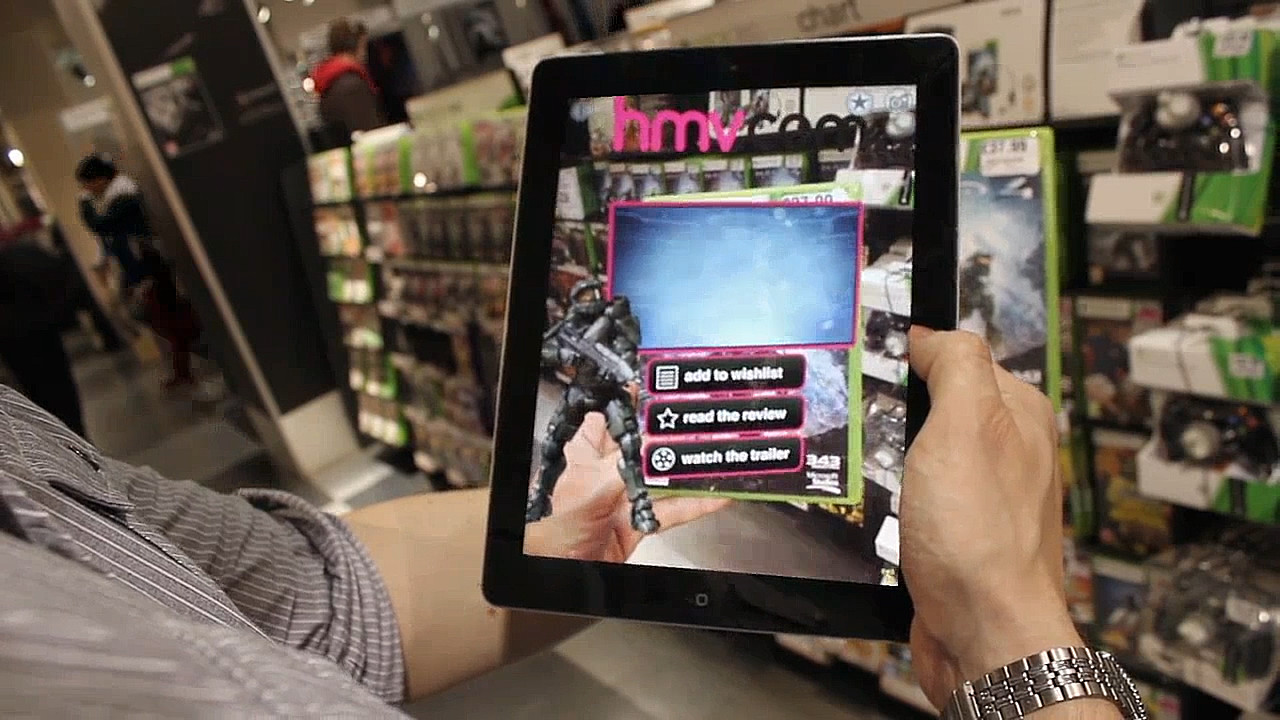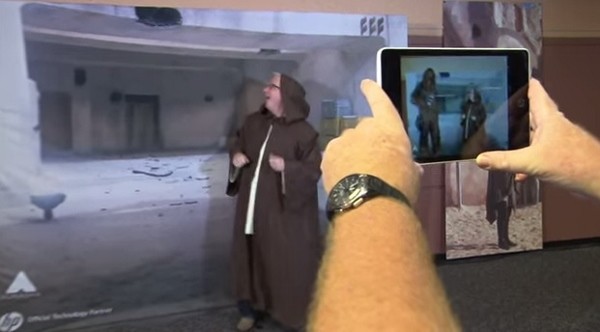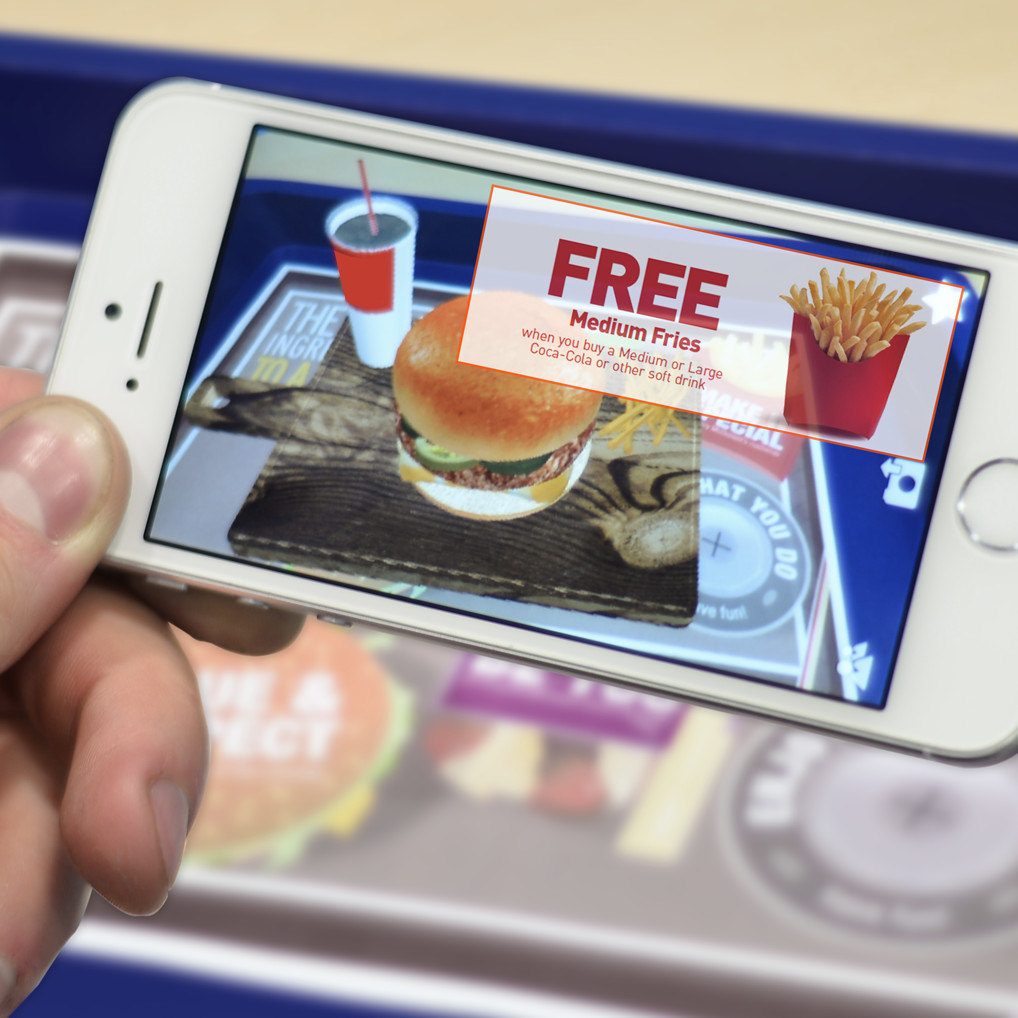Below are some lessons learned and general advice for anyone currently using augmented reality, or anyone thinking about trying out augmented reality.
The consumer education problem
Despite the rise of augmented reality apps and recent media hype, holding up your smartphone to view an AR experience is far from routine consumer behaviour. For companies and organizations launching programs with AR, consumer education is therefore key.
Clients I have worked with often forget about the time and effort needed to inform their consumers that augmented reality exists across their printed material, and marketing and education has sometimes become a hidden cost.
My advice to companies piloting AR: spend time on increasing awareness for your AR campaign, and help your audience understand how and why they would use AR.
The success of your AR campaign is largely dependent on how much thought and effort you invest into marketing and education around the technology. This could be as simple as including a call to action on your printed materials, “Hey! Scan me with this app to see me come to life!”, or sending out a couple of tweets about your new snazzy AR-enabled product packaging, catalogue, or CD cover.
Any successful marketing campaigns needs eyeballs. Create awareness and extend your reach so your campaign and content can generate engagement.
Creating compelling augmented reality content
The initial ‘wow’ factor is easy to achieve, but getting people to stay engaged, and even coming back for more is the next challenge. Now you’ve got eyeballs, how do you keep people engaged? My role at Aurasma is specifically to work with clients to achieve this.
We have found that the most engaging and compelling campaigns reward customers for interacting with the augmented reality experience. , Experiences that are rewarding: exclusive content like behind the scenes footage or character selfie opportunities, offering extra ways of using a product, or sweepstakes experiences that offer customers a chance to win.
- Reasons to stay: offering customers exclusive content they cannot find online, whilst offering them multiple touch points inside the same experience will see the length of engagement increase significantly.

- Reasons to share: giving customers social capital for sharing. This has to be something that they will want to share and will get people posting, e.g. selfies with Disney characters or celebrities.

- Reason to rescan: offering the chance to win prizes using sweepstakes where each scan is a new chance to win, or coupons that customers can redeem in-store is a great way to get customers to come back again and again.

How do you measure an AR campaign? Or, different strokes for different blokes (and more thoughts on content)
Let’s talk about metrics. It’s important to be aware that AR won’t magically sell more items for you; it is simply a different communication medium (albeit an exciting and engaging one), much like any other marketing channel you might use to move your audience to the next stage in the conversion funnel.
Given this, the success of your AR campaigns largely depends on your content and overall business goals.
- Trying to increase sales? Use an AR click to buy off a catalogue or direct mail. Measure clicks to your purchasing page and subsequent e-commerce sales.
- Does your AR campaign feature a virtual try on? Measure engagement duration, colour/style options clicked, and screenshots taken.
- Is your goal to generate leads off a print ad? Add a click to lead form and measure views and form submissions.
- Do you care about generating social media shares and buzz? Measure the number of photos and videos shared to social media. Include a hashtag to easily search from the other end.
Craft your content to be successful for the KPIs you care about. Success looks different for every company; just as different marketing campaigns prioritize different KPIs.
I hope you’ve found this article useful, and if you are considering incorporating augmented reality into your business, don’t just ask yourself “what can augmented reality do for me?”, but “what am I using today to communicate with customers, and how can augmented reality add value to my existing marketing strategy?”





